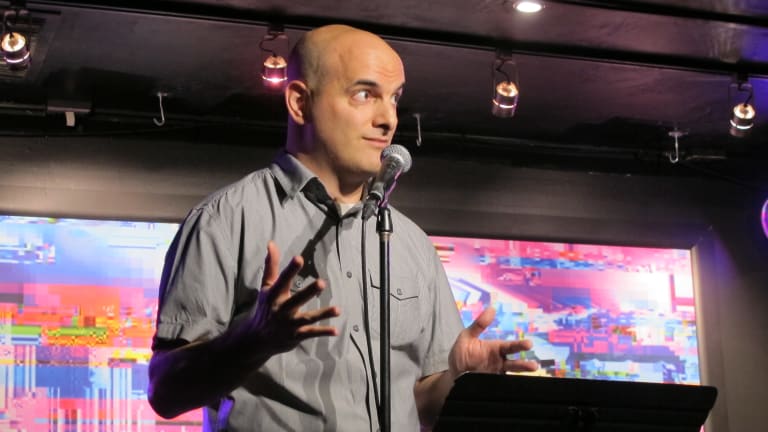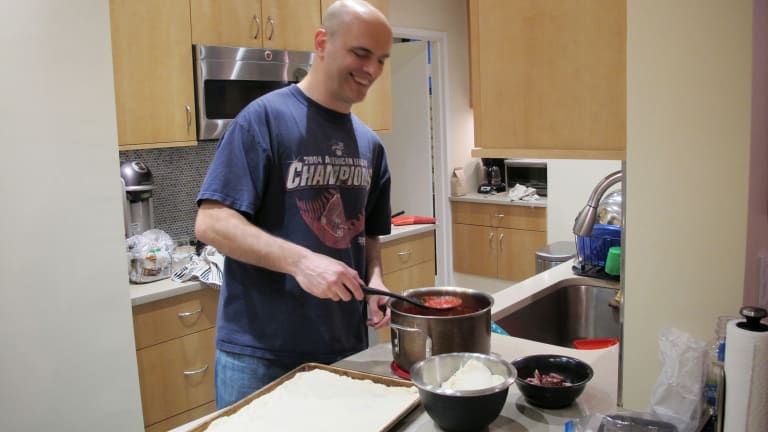Tom Perrotta, 1976–2021: Words of appreciation for a friend and writer
By Jan 08, 2021Madrid, Spain
Alexandra Eala vs. Iga Swiatek: Where to Watch, Madrid Preview, Betting Odds
By Apr 23, 2025ATP Challenger Tour
Lithuanian-born, Spanish-trained Vilius Gaubas is ready to take on the world
By Apr 23, 2025Social
WATCH: Denis Shapovalov is still not over Diego Dedura’s over-the-top celebration
By Apr 23, 2025pickleball
Andre Agassi will play at US Open Pickleball Championships
By Apr 22, 2025Social
Stefanos Tsitsipas and Paula Badosa joke about a “white wedding” on the red carpet
By Apr 22, 2025ATP Challenger Tour
Elmer Moller, 21-year-old from Denmark, beat three of top four seeds to win Oeiras Open
By Apr 22, 2025Ranking Reaction
Aryna Sabalenka keeps growing ranking points lead at No. 1 after reaching fifth final of year
By Apr 22, 2025Game, Set, Bet
ATP Madrid Open Betting Preview: A tournament with real opportunity, or another title for the usual suspects?
By Apr 22, 2025Madrid, Spain
Alexandra Eala to face Iga Swiatek in Madrid; Naomi Osaka loses clay-court opener
By Apr 22, 2025Tom Perrotta, 1976–2021: Words of appreciation for a friend and writer
Some words of appreciation for the boundless enthusiasm and empathetic soul of my friend and fellow tennis writer.
Published Jan 08, 2021
Advertising

Tom Perrotta, 1976–2021: Words of appreciation for a friend and writer
Advertising

Tom Perrotta, 1976–2021: Words of appreciation for a friend and writer